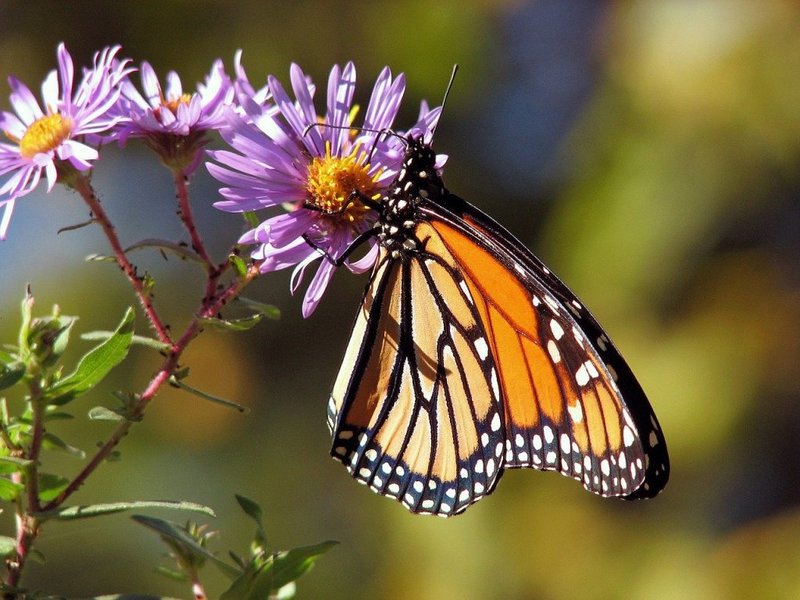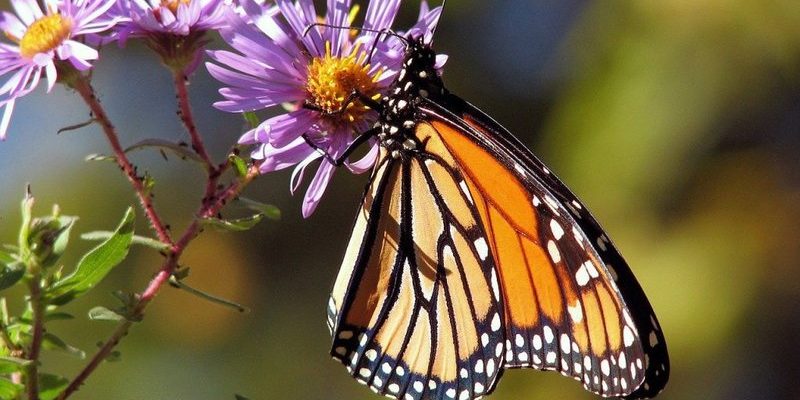
Imagine sitting down with a cup of coffee, chatting about these fascinating creatures. You might find yourself surprised by some of the common misconceptions people have about butterflies. Honestly, these myths can overshadow the real wonders of their lives and behaviors. So, let’s dive into the truth behind some of the most common myths about butterflies and unravel the facts behind these lovely little creatures.
Myth 1: Butterflies Only Live for a Day
You might have heard that butterflies have a ridiculously short lifespan, often said to be just one day. Here’s the thing: while it sounds poetic, it’s not accurate at all. Most butterflies can live anywhere from a week to several months, depending on the species and environmental conditions.
For example, the Monarch butterfly can live up to nine months during its migratory phase. Imagine that! These little guys travel thousands of miles to find warmer climates. The lifespan of a butterfly can vary significantly based on its species, habitat, and food supply.
So, next time you hear someone say butterflies only live for a day, feel free to share the real story. It’s a lovely reminder that beauty can endure longer than we think.
Myth 2: All Butterflies Are Colorful
It’s easy to associate butterflies with vibrant colors, but not all of them fit this stereotype. Many species are actually quite dull in color, featuring shades of brown, gray, or muted tones. These colors help them blend in with their surroundings, a clever tactic for avoiding predators.
Take the Common Buckeye butterfly, for example. Its wings are mostly brown with some colorful eyespots, but overall, it doesn’t scream colorful like the Monarch. This camouflage is crucial for their survival, as it allows them to hide in plain sight among leaves and tree bark.
You might be wondering how this impacts their behavior. Well, butterflies aren’t just about showy appearances; they’re also masters of survival!
Myth 3: Butterflies Are Only Active During the Day
Another myth that needs busting is the idea that butterflies are exclusively daytime creatures. While it’s true that most butterflies are diurnal (active during the day), there are some exceptions. Certain species, especially in tropical regions, can be active at night.
For instance, the Hummingbird Moth is often mistaken for a small hummingbird due to its nocturnal habits and hovering ability. This little guy does its flower-finding after dark, adding another layer to the butterfly’s world.
Understanding that butterflies have diverse behaviors can enhance your appreciation for them. Just because they might mostly be seen flitting about in the sunlight doesn’t mean they’re not out at night.
Myth 4: Butterflies Only Drink Nectar
Many people assume that butterflies only consume nectar, which is the sweet liquid found in flowers. While nectar is a vital part of their diet, it’s not the only thing they sip on. Butterflies are actually quite resourceful when it comes to finding nutrition.
They may also drink from rotting fruit, tree sap, and even puddles. This behavior, known as “puddling,” allows them to soak up essential minerals and nutrients that nectar alone might lack.
For example, you might spot butterflies gathering around a muddy puddle after rain. They’re not just being quirky; they’re on a mission to enhance their diet! This flexibility in feeding plays a crucial role in their growth and reproductive success.
Myth 5: Butterflies Are Fragile Creatures
It’s easy to think of butterflies as delicate and breakable, especially when you see them fluttering about. However, they are tougher than they appear. Many species are surprisingly resilient and have adapted to various environments.
Consider the Swallowtail butterfly. Despite its fragile look, it can withstand different weather conditions and find food in challenging habitats. Plus, their wings are made of tiny scales that can help protect them from some physical damage.
While they may seem delicate, butterflies have developed strategies to survive many challenges. So, don’t be fooled by their appearance—there’s more strength in those wings than we realize!
Myth 6: Butterflies Can Taste with Their Feet
Okay, this might sound a bit bizarre, but it’s true! Butterflies do have taste sensors on their feet, which helps them find suitable plants for laying their eggs. When they land on a plant, they can “taste” it to determine if it’s a good spot for their larvae.
This unique adaptation helps ensure that their caterpillars have the right food source once they hatch. It’s like having a built-in taste test! Imagine being able to find your favorite snack just by stepping on it—that’s the life of a butterfly.
So, next time you see a butterfly land, think about what it might be evaluating. It’s more than just a pretty visitor; it’s making careful choices for the future of its species.
Myth 7: Butterflies Only Emerge Once in Their Lifetime
Many people believe that butterflies only undergo metamorphosis once. However, they actually go through multiple life stages: from egg to larva (caterpillar), then pupa (chrysalis), and finally, adult butterfly. Once they become adults, they don’t stop here; many species emerge from their chrysalises several times throughout their lives.
For instance, a painted lady butterfly may go through several generations in one season, continuously emerging, mating, and laying eggs. This ongoing cycle is essential for maintaining their populations and ensures that the butterfly party keeps going!
Understanding their life cycle can deepen your appreciation of these creatures and their incredible resilience.
Butterflies are often shrouded in myths that can distort our understanding of their lives. By busting these common misconceptions, we unveil a world of beauty, complexity, and adaptation. From their remarkable lifespans to their varied diets and life cycles, butterflies are far more than just delicate creatures fluttering through our gardens.
So, the next time you catch a glimpse of these lovely insects, remember the facts you’ve learned here. They’re not just fluttering symbols of beauty; they’re resilient survivors with intricacies that make them truly fascinating. Let’s celebrate the wonders of butterflies and share the truth behind these incredible insects with others!

